Today I will conclude my series on Breton costumes by looking at the rest of the Province of Nantes or Naoned.
Pays Nantais in French
Bro Naoned in Breton
Paeï de Nàntt in Gallo
The province of Nantes has always been an integral part of Brittany. When the French government instituted the current administrative divisions called departments, The Province of Nantes was renamed the department of Loire Atlantic, with similar borders. When the departments were grouped into regions, however, Loire Atlantic was taken away from Brittany and attached to a new group called Pays de la Loire. Neither the Breton people or the Nantais have recognized this, and continue to lobby that it be officially returned. This is why some modern maps of Brittany do not include this province. Here is a banner from a Festival in Guingamp in 2019. It is clearly advocating the reunification of the Nantes region with the rest of Brittany.
I have watched several videos of the parades associated with these festivals. The Breton flag is everywhere, but the French flag is conspicuous by its complete absence.
This province has historically had three languages. Breton was the majority language on the Guerande peninsula into the 20th century, and there are currently efforts to revive it. In most of the rest of the Province, Gallo was spoken. In the southern part of Retz, the local language was Poitevan. This is part of Upper Brittany.
Nantes or Naoned
Apart from the Guerande Peninsula, and other areas around the edges, the costume did not vary much. Here is the extent of the Nantais costume.
Originally, the coif of Nantes was greatly elongated, especially the rear part which was stiffly creased.
In time, the front part of the coif and the lappets became greatly reduced, leaving the elongated rear of the coif as its main feature.

The exact shape of the coif and extent of embroidery varied by region, but they are all recognizable as belonging to Nantes. Some have frills or lappets that remain.
The costume consists of a chemise, a full skirt, a top and a large apron which has a pinned on bib. The top is often cut with leg of mutton sleeves, similar to a spencer jacket. A shoulder shawl is usually worn, also pinned into place.
The exact outfit varies, of course, depending on how rural or urban an area is, and the level of dress required for the occasion.
Men wear the big round hats typical of much of Brittany, but without a trailing ribbon, although they may have a buckle. Vests and jackets are worn when appropriate, but the cut varies somewhat with the region.
This region lies south of the Loire river, and at times part of this region was contested with Anjou. The southern part of the coast of this region forms part of the Marais breton-vendéen.
In the past, this region, especially the western part, around Pornic, etc. was known for the extremely tall coifs of the women, somewhat reminiscent of those of Normandy. A cap, or undercoif was worn under them, as is visible in some of these images.
Some of these coifs, in particular that of Pornic, were supported by cones of blue paper.
As you can see, not all of them had the same shape, but differed by region. Later, the coifs became smaller. This is the 'small coif' of Pornic.
Coifs for periods of mourning were made of opaque white flannel, linen or wool, and had a black edging or black ribbon.
I will end with some more images of this costume.
Here is a work coif from Vignoble, made of opaque linen. Note the heart shaped creases are still evident.

And that concludes my series on Breton Costumes. I have covered the vast majority of them, I think. Now you know that there is more than one type of coif worn in Brittany.
Thank you for reading, I hope that you have found this to be interesting and informative.
Roman K
email: rkozakand@aol.com
Source Material:
Victor Lhuer, 'Les Costumes Bretons', 2001
Pierre Jakez Helias, 'Coiffes et Costumes de Bretagne', Chateaulin, 1983
Josepj Jigourel & Yanna Fournier, 'Costumes de Bretagne', Brest, 2000
Bruno Helias, 'Breton Costumes', Florence, 1997
Yann Guesdon, 'Costumes de Bretagne', Quimper, 2011
Yann Guesdon, 'Coiffes de Bretagne', Spezet, 2014
R. Y. Creston, 'Le Costume Breton', Paris, 1974
Charles Freger, 'Portraits in Lace - Breton Women', London, 2015
Jean-Pierre Gonidec, 'Coiffes et Costumes des Bretons', Spezet, 2021
Pierre Rochereau, ' Coiffes et Costumes des Bords de Rance', Dinan, 1989
Simone Morand, 'Coiffes et Costumes de l'Ancien Comte de Rennes', Quimper, 1979
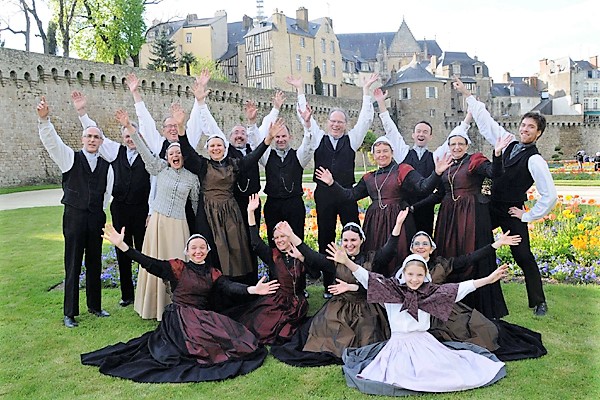




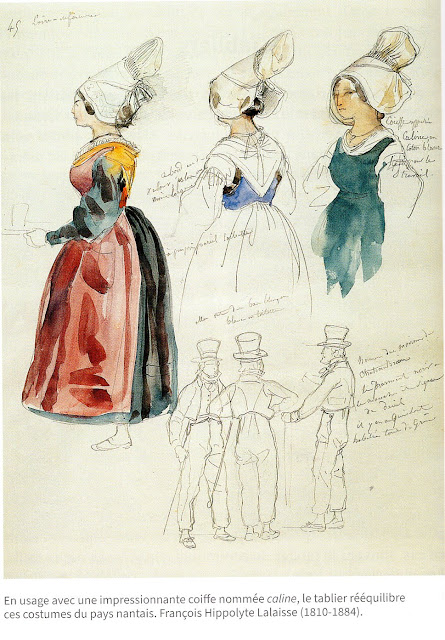
















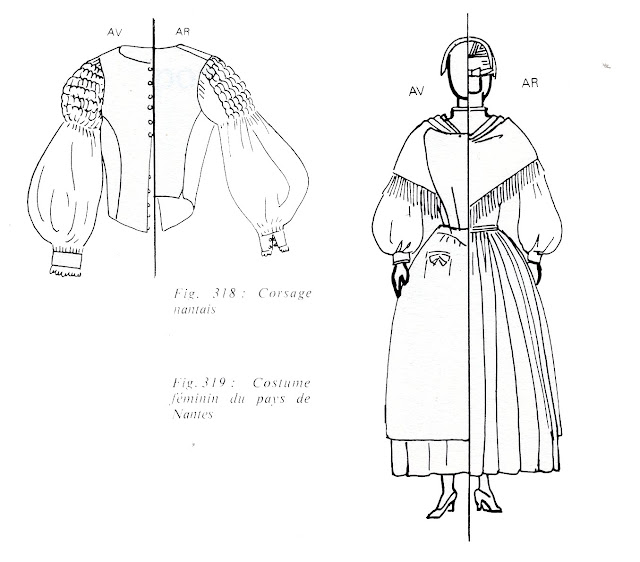
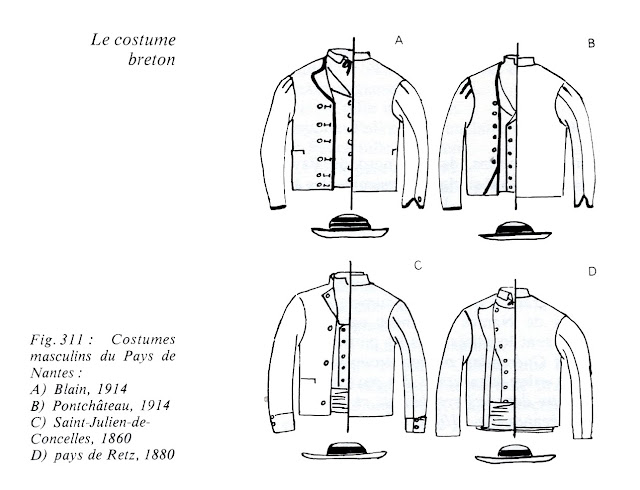














































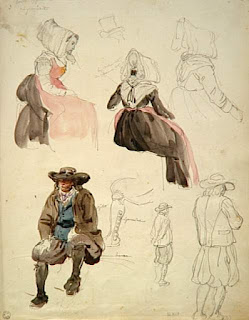























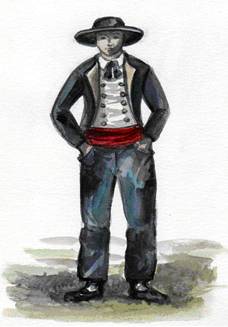






bellissimi costumi!
ReplyDeleteOh my God, I'm so so happy I found this blog! Your work is great aaaaah!!!
ReplyDeleteDear Roman: I think this is your most detailed and complete portrait of a region's costume yet and it is wonderful! I am glad you found pictures of some everyday coiffes and some old museum pieces - I get a better notion of how the town or village might have looked if I can see the everyday clothes. And the mourning caps were very special.
ReplyDeleteThank you for this presentation. Do take a deep breath and a walk around the block before you dive into a new area! I would love to see a post devoted to men's smocks - the simple blue denim ones you showed here, the stunning glazed garments with white embroidery that were in an earlier Breton post. Just a thought ;)
Stay safe and well. Charlotte in California